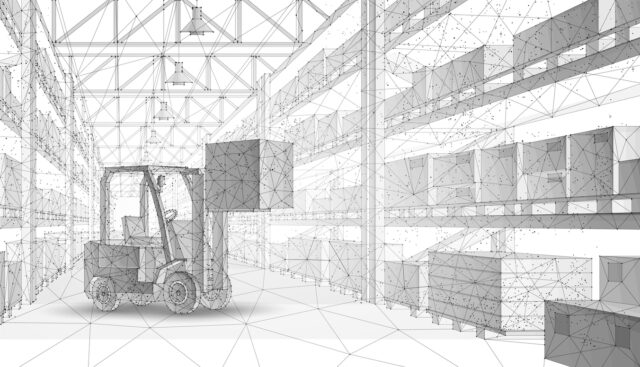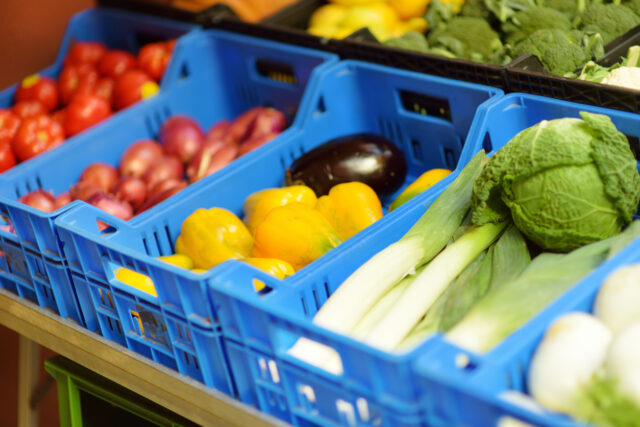Global supply chains became more geographically and organisationally complex over the past decade. As a result, efficiency increased and costs came down. However, speed, efficiency, and cost-saving have their own price.
The price of complex, globalised supply chains
When the COVID-19 pandemic threw the world into the chaos of global lockdowns, many supply chains discovered they lacked the resilience to meet the challenge. As noted in an article published in the Journal of Computers & Industrial Engineering last year, “the interdependency between worldwide partners causes a butterfly effect, leading disruptions to dissipate quickly and the [supply chain network] to be impacted more swiftly.” Supply chain networks had their weaknesses exposed, often in dramatic fashion.
Now, four years later, the conversation has shifted.
“Manufacturers are facing a wide range of disruptions across the world. Supply chain shortages are caused by geopolitical issues, cyberattacks, consumer-demand swings and natural disasters,” Rochelle Fleming, director of partner marketing at Microsoft, wrote in a recent opinion piece for the Technology Record. As a result, the virtues that drove supply chain organisation pre-COVID—efficiency and cost-containment—are now being held in almost equal importance to a new indicator of supply chain excellence: resilience.
In pursuit of a more resilient supply chain
Fleming notes that many organisations are turning to digital transformation initiatives to meet the current market challenges. She argues that “new evolving technologies like edge computing and IoT can, and will, transform the way they create resilient supply chains in the future,” and that tools like artificial intelligence (AI) will also “positively impact supply chain resilience.”
However, as with all digital transformations, understanding the needs and goals of the business is critical. A recent report by Gartner warns: “simply increasing or decreasing investments in digital or physical resources is not the solution.”
Instead, a more targeted, thoughtful approach is required. The key to this is for supply chain leaders to be able to accurately assess their own levels of resilience in order to identify and eliminate weak points.
Assessing supply chain resilience
When assessing a supply chain’s resilience, there are three fundamental metrics to consider.
Time-To-Survive
A supply chain’s time-to-survive refers to how long it takes the organisation to resume its operations after being disrupted. The shorter a supply chain’s time-to-survive, the better it can maintain stability, even amidst unforeseen events. Supply chain with a shorter time-to-survive is more resilient and less vulnerable to disruption.
For example, in the wake of the COVID-19 disrupting businesses, time-to-survive described how long it took companies to outfit staff with PPE, place COVID-safety measures in place, and obtain the go-ahead from regulators.
Time-To-Recover
Time-to-recover refers to how long it takes for a supply chain to return to full capacity and clear its backlog. This is probably the most pivotal step. Time-to-recover is strongly linked with an organisation’s ability to mitigate financial losses, uphold customer satisfaction, and safeguard its reputation.
Time-To-Thrive
Lastly, time-to-thrive measures the company’s performance after emerging from a disruption. Evaluating time-to-thrive looks at the state of the supply chain (and company as a whole) pre-disruption and afterwards to determine the lessons learned and steps required to minimise both time-to-survive and time-to-recover in the future.
- Collaboration & Optimization
- Risk & Resilience










